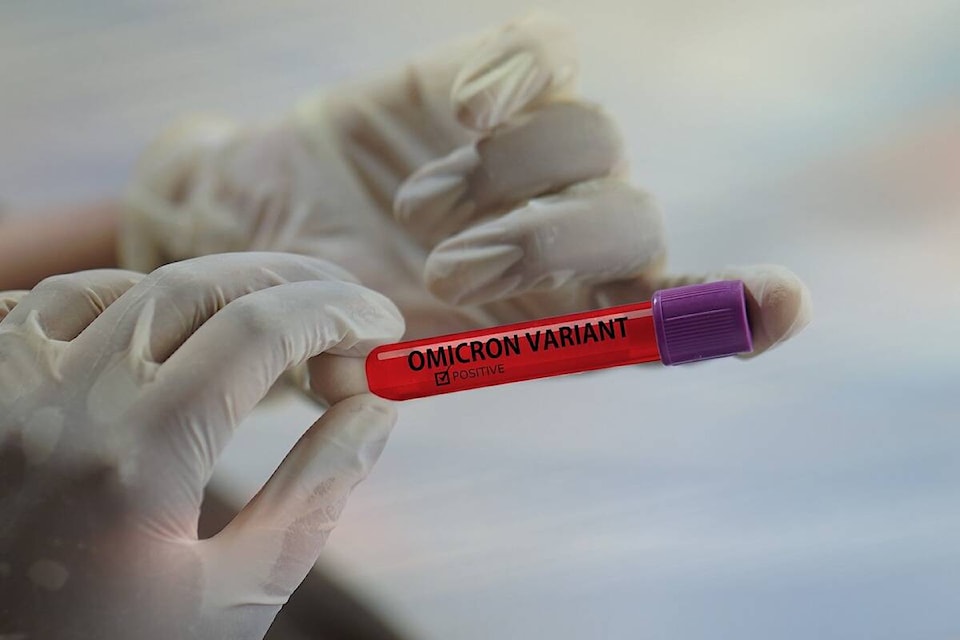As cases of the BA.5 Omicron, Covid-19 variant are diagnosed in the N.W.T., health officers urge residents to maintain caution and follow territorial guidelines.
Two cases of the BA.5 Omicron Covid-19 variant have been detected in Yellowknife as of mid-July, according to Jeremy Bird manager of communications with the Department of Health and Social Services.
The N.W.T. recommends clinical testing for the virus if a person is at higher risk of severe health outcomes; therefore these are the only confirmed cases of Covid-19 that are counted internally, Bird stated.
As the BA.5 variant continues to spread in Canada, Bird said the NWT can assume that the majority of infections now will be BA.5. As of one month ago, BA.5 represented 60 per cent of Covid-19 infections in Canada, so it is likely around 80 per cent now due to being highly transmissible, according to Bird.
“We encourage the public to do their own risk assessments around participating in high-risk activities and social gatherings as well as practice healthy habits. It is unclear if BA.5 has increased clinical severity however, it is more transmissible so many more people can get sick at the same time with a small fraction of those at higher risk ending up with severe outcomes,” he said.
With increased travel, he said it’s expected that there will be a steady number of imported cases as numbers increase in the south. High-risk activities, such as travel or large crowds, will always accelerate transmission, he said.
There’s expected to be an increase in the number of cases this fall as children return to school and more people gather indoors, adding to the spread of BA.5, said Bird.
The BA.5 sub-variant is highly transmissible and existing vaccines do not provide strong protection from infection. Currently, the GNWT’s focus is on residents at the highest risk of severe outcomes from Covid-19.
As of May 20, eligibility for the fourth dose of the Covid-19 vaccine has expanded to those 50 years of age and over in the territory. Fourth doses are being made available for those who are at the highest risk of severe outcomes, which is based on national recommendations and data on the severity of NWT cases.
This will be adjusted if evidence supports the need to adjust eligibility requirements. At this time, there are no plans to open up fourth doses to younger age groups, Bird said. Lower-risk age groups are encouraged to get their first booster vaccine to increase protection from severe disease.
Covid immunization coverage is done every month. As of June 20, there have been 1,828 fourth doses administered in the N.W.T., Bird noted.
The NWT no longer reports the number of Covid-19 cases publicly. Instead, public servants monitor the seven-day rolling average of wastewater signals in seven NWT communities as a means of tracking the level of viral transmission in the territorial. The wastewater surveillance dashboard is currently being updated, according to Bird, and will be posted on the Health and Social Services website in the coming weeks.
There is no specific time frame for when a fall vaccine targeted at Omicron will be made available for the general public, Bird said. However, a public announcement will be made as soon as more information is available.
For those who have had Covid-19 recently or are in younger lower-risk age groups, it’s recommended to wait for the fall bivalent vaccine for better immune protection as residents spend more time indoors, Bird said.
The Department of Health’s focus has shifted away from a broad territory-wide emergency response to protecting those at highest risk of severe outcomes, no longer having strict public health measures in place for residents, businesses, or organizations.
Residents are encouraged to manage their own risk levels and follow available information to help protect themselves and others, Bird said.
The GNWT encourages everyone to stay up to date on their vaccinations and for those at high risk of severe outcomes to get tested as they may receive treatment or care that can reduce the risk of severe disease, Bird said.
N.W.T’s list of current recommendations is available online.
